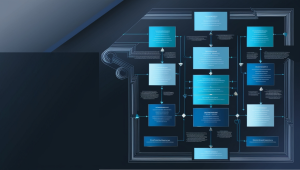
Strategic Guide to Enterprise Information Management (EIM)
This comprehensive Enterprise Information Management guide delves into the complexities of managing unstructured data, offering practical strategies to overcome challenges like data fragmentation, security risks, and compliance pressures. Readers will gain actionable insights into integrating information systems, improving data governance, and leveraging EIM to enhance decision-making and operational efficiency. Whether you’re looking to streamline your data management processes or secure a competitive edge, this guide provides the tools and knowledge necessary for success.








